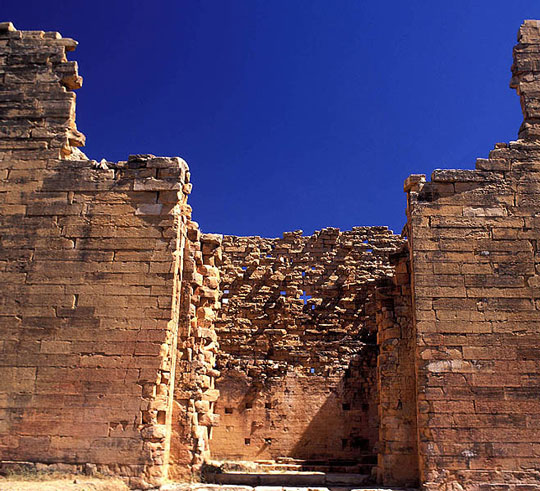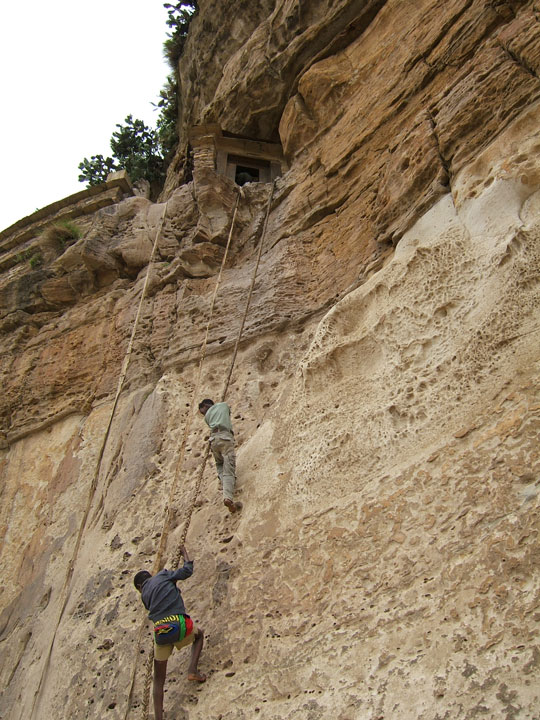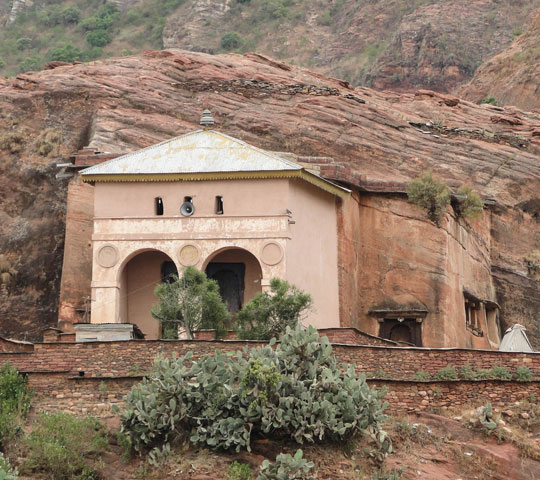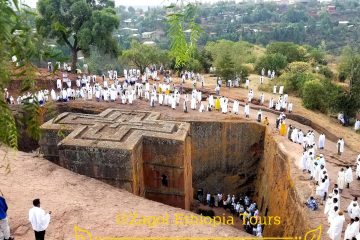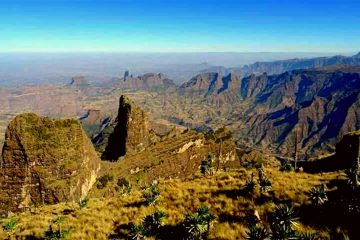Axum or Aksum is an ancient city in northern Ethiopia named after the kingdom of Axum which ruled the area from 4th to 10th century.
It has an elevation of 2130 meters above sea level and located at a distance of about 700Km from Addis Ababa.
The Aksumite kingdom was at the crossroads of the three continents: Africa, Arabia and the Greco-Romanian World, and was the most powerful state between the eastern Roman Empire and Persia. The Axumite Empire has been founded by Minilik I, son of king Solomon of Israel and the Queen of Sheba ‘Makeda’ of Ethiopia.
Queen of Sheba raises her son Menelik meaning ‘Son of the Wise’ on her own. When he grows up, Menelik decides that he wants to meet his father and travels to Israel to meet King Solomon. When he returns, he takes with him the Ark of the Covenant to Ethiopia.
Ethiopian history claims that the religious leaders brought the Ark of the Covenant to Ethiopia with the blessing of King Solomon. He wanted his son to have these precious religious documents, rituals and books to be used by the Ethiopian people. The adoption of Christianity in Ethiopia dates to the fourth-century during the reign of the Axumite emperor king Ezana baptized as Abreha.
The Ethiopian Orthodox Church claims that the church of St. Mary of Zion in Axum is home to the Biblical Ark of the Covenant in which lies the” Tablets of Law” up on which the Ten Commandments are inscribed.
Replicates of the Ark, called Tabots, are housed in all of Ethiopia’s churches, and are carried in procession on special days. Axum is considered to be the holiest city in Ethiopia and is an important destination of pilgrimages.
The Aksumite rulers facilitated trade by minting their own Aksumite currency of gold, copper and silver.
Other features of the area include the king Ezana stone written in sabaean, Ge’ez and the ancient Greek; The monolithic obelisks, giant stelae, royal tombs and the ruins of ancient castles.

